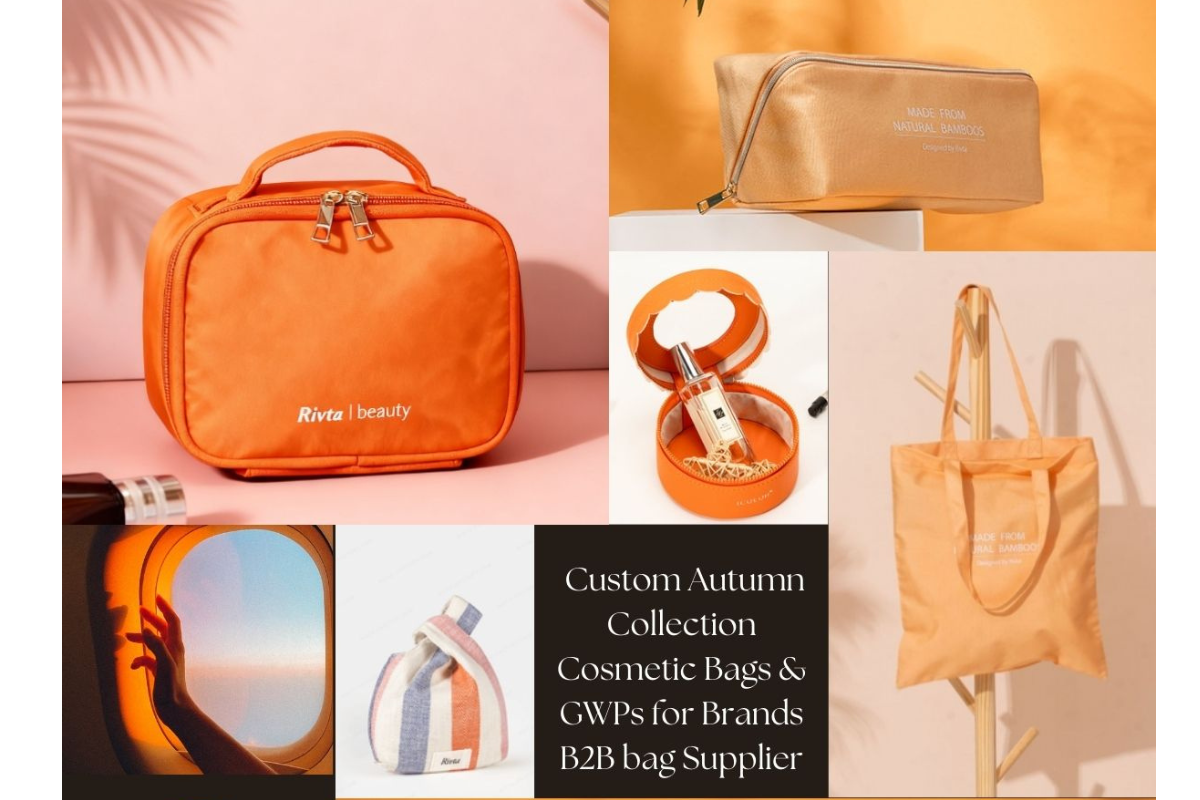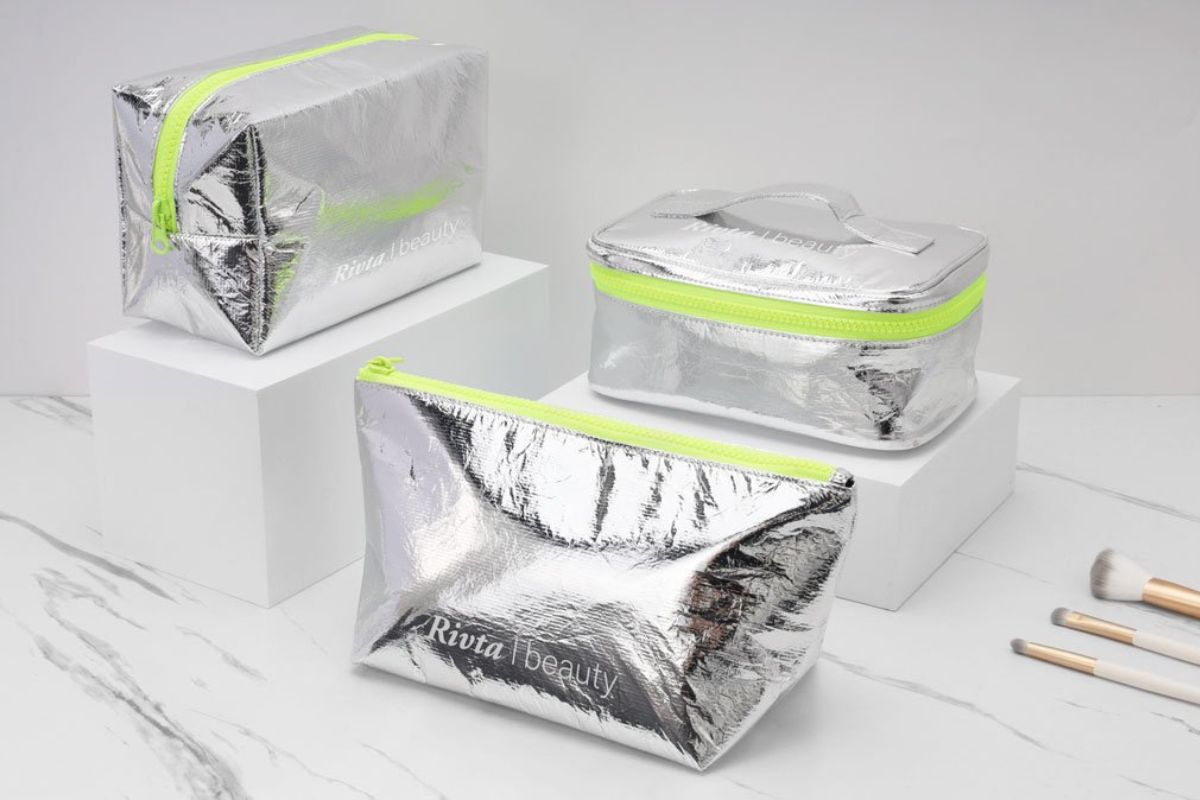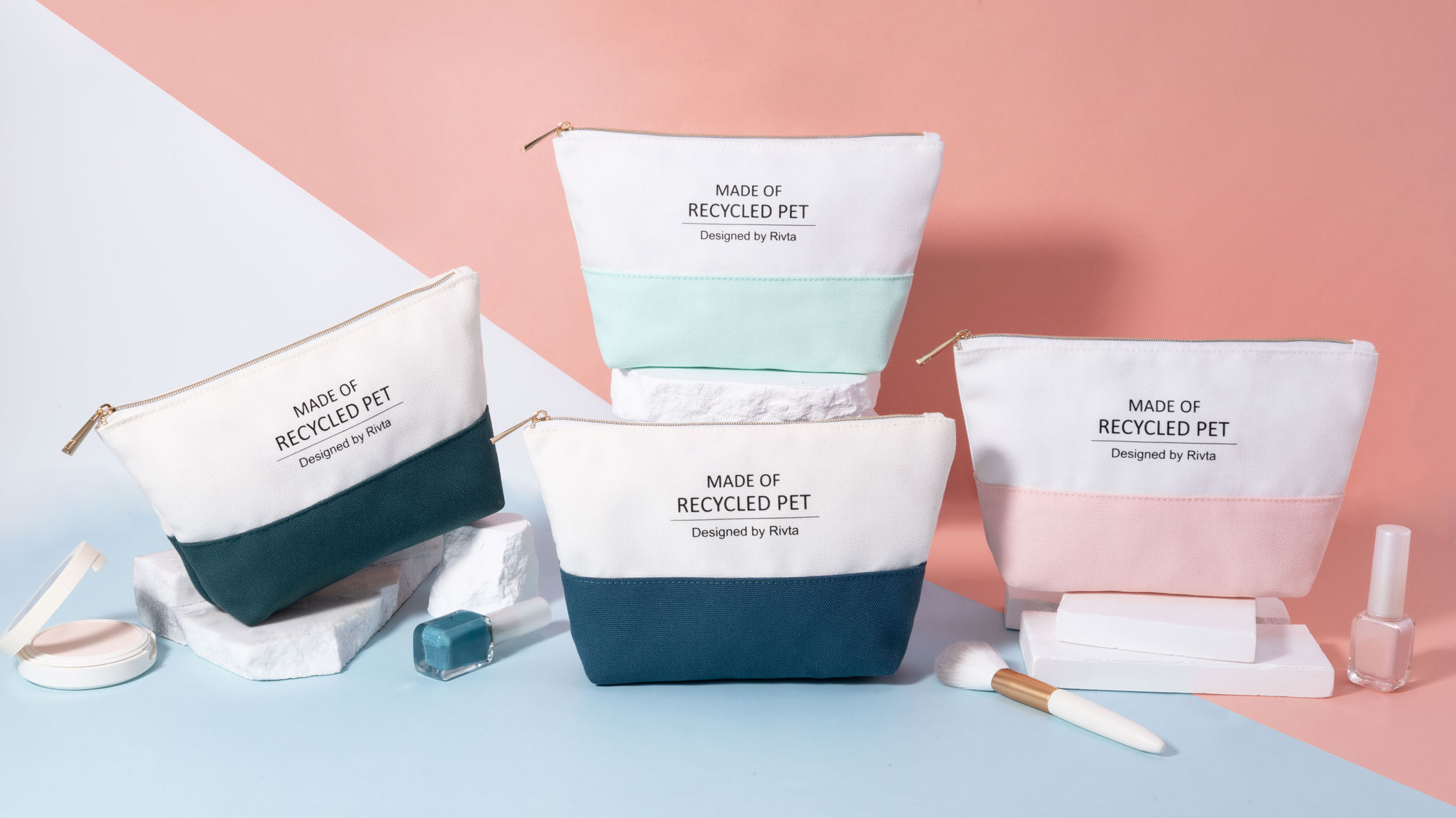How to Choose the Right Beauty Bag Manufacturer in 2026: The Ultimate Buyer's Guide
Finding your ideal manufacturer is tough. A bad partnership can damage your brand and cost you money. I will show you how to find the perfect partner for your brand.
To choose the right beauty bag manufacturer, you need to check their expertise in materials, especially sustainable ones. Look at their past work, certifications, and communication style. A great partner understands your brand's vision and collaborates with you from design to delivery.
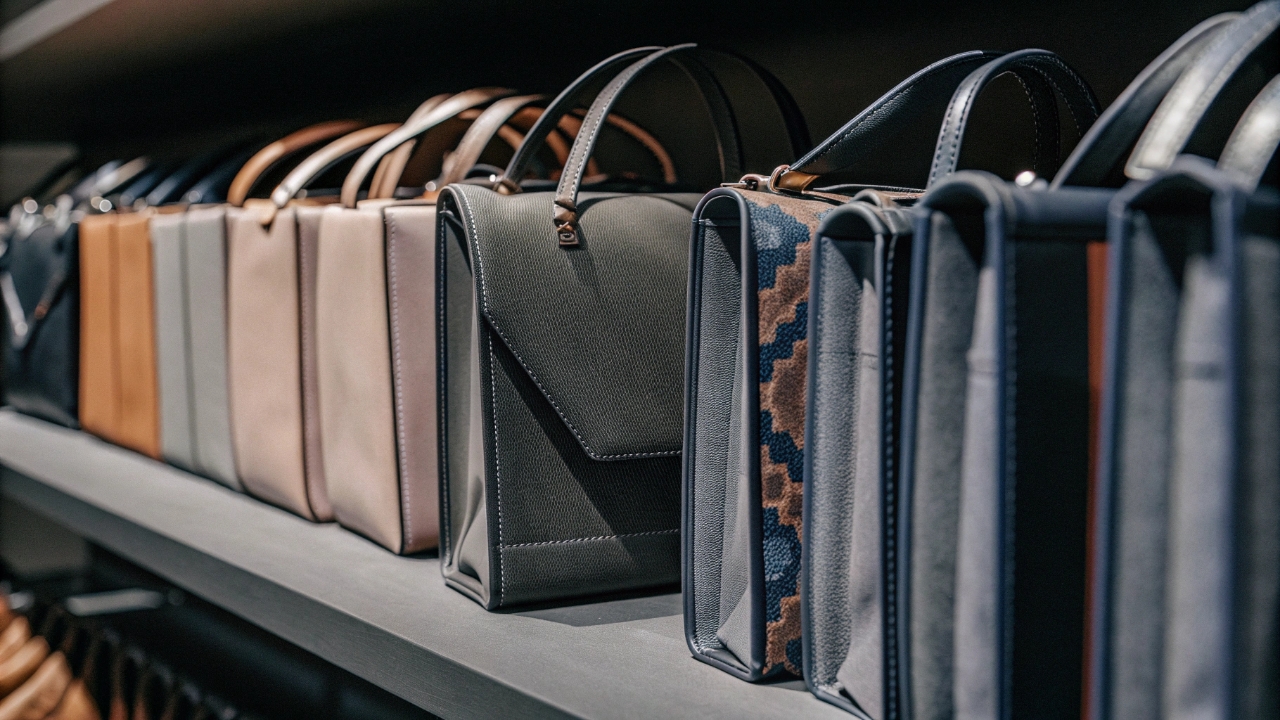
Choosing a manufacturer feels overwhelming. I know this from my own experience. I have guided many brands through this exact process. It is a big decision for your product's success. Let's break down the key questions you need to ask. This guide will help you find a true partner, not just a supplier.
Who makes the best makeup bags?
You want the best for your brand. Average bags will not impress your customers. The best manufacturers combine quality, creative design, and green practices to make your products stand out.
The "best" makeup bag makers are the ones that match your brand's values and quality needs. They offer custom designs, use great materials, have good ethical standards, and communicate clearly.
The term "best" is different for every brand. I once worked with a luxury skincare line. For them, the best manufacturer was one that could source a specific buttery-soft vegan leather and perfectly emboss their delicate logo. They needed prestige and flawless execution. For a different, eco-conscious startup, the best partner was Rivta. Our deep commitment to certified recycled materials and a fully transparent supply chain was essential for their brand story. The "best" manufacturer is a partner that meets your specific needs. You should evaluate them on a few key points.
Key Qualities of a Top Manufacturer
- Proactive Design Collaboration: A great partner works with you, not just for you. They should have a dedicated design team, like we do at Rivta, that helps turn your vision into a practical, market-ready product. This involves more than just following instructions. It means suggesting alternative materials that might be more cost-effective or sustainable. It means creating multiple prototypes to test functionality. It means helping you solve challenges you didn't even anticipate.
- Rigorous Quality Control: Every brand fears getting a shipment full of defective products. A top manufacturer has a strict, multi-stage process to check every item. Ask them to walk you through it. Do they inspect raw materials upon arrival? Do they have in-line checks during production? Is there a final, detailed inspection before shipping? This prevents mistakes and ensures every bag meets your high standards.
- Proven Ethical and Sustainable Practices: In 2026, customers demand transparency. Your manufacturer’s practices reflect directly on your brand. You must ensure they treat their workers fairly and adhere to international labor laws. Look for certifications like GRS (Global Recycled Standard) or Sedex to verify their claims. A great partner, like Rivta, is proud to share their "Green Mission" and show you how they implement it daily.
| Feature | What to Look For | Why It Matters for Your Brand's Success |
|---|---|---|
| Specialization | Deep experience with beauty or luxury brands. | They understand industry trends, seasonality, and quality expectations. |
| Communication | A dedicated contact person, fluent in your language, who provides proactive updates. | Avoids costly misunderstandings, delays, and frustration. |
| Certifications | GRS, ISO, FSC, Sedex, or other relevant standards. | This is third-party proof of their commitment to quality and sustainability. |
| Scalability | Can they handle small test runs and large-scale orders? | You need a partner who can grow with you from launch to global expansion. |
Where is the best place to manufacture beauty bags?
Choosing a manufacturing location is a major strategic decision. It affects your costs, quality, shipping times, and even your brand story. Getting it wrong can cause huge delays, eat into your profit margins, and create logistical nightmares.
There is no single "best" place. It depends on your priorities. China offers advanced technology and an unmatched material variety. Other Asian countries are increasingly competitive. Europe is a leader for luxury. The best place for you will balance cost, quality, lead time, and your brand's core values.
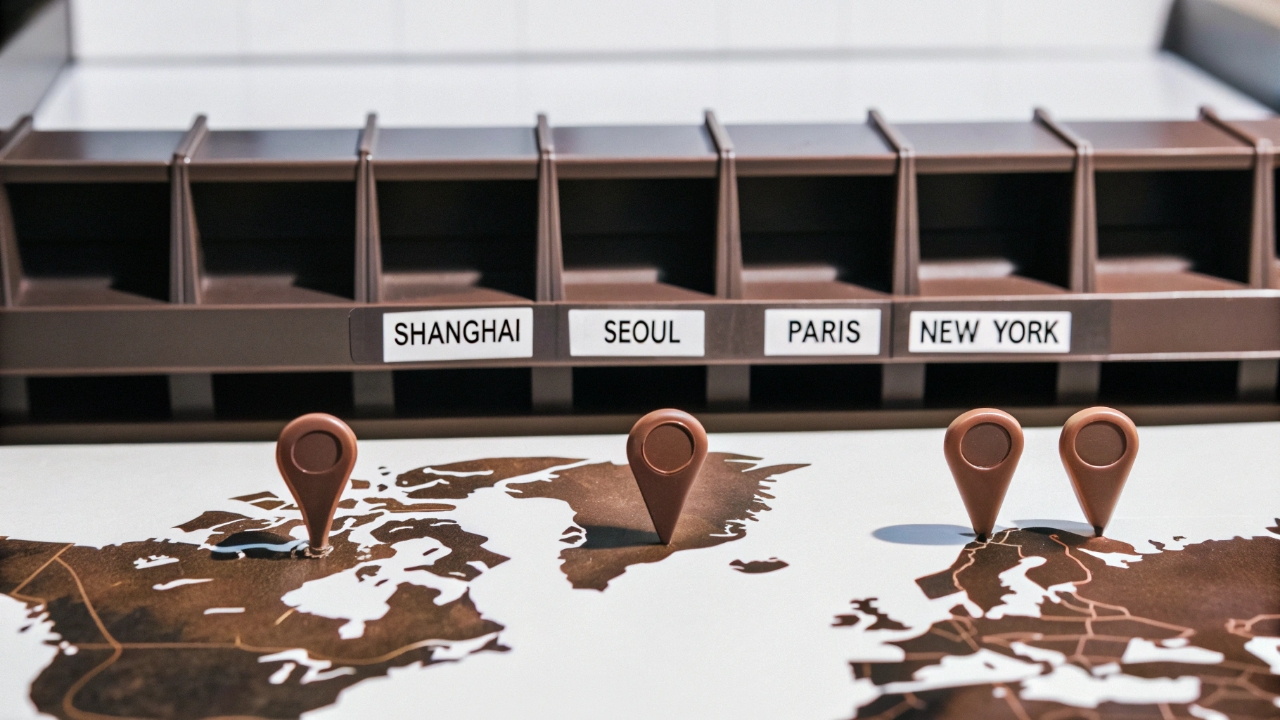
The right location is a strategic choice that goes beyond price. I remember a project for a fast-fashion beauty brand that needed to launch a new bag for the holiday season with a very short lead time. We guided them to a trusted manufacturer in China known for its speed, efficiency, and access to the latest trendy materials. This allowed them to design, produce, and launch in under three months. In contrast, a heritage fragrance house I worked with chose a small, family-owned manufacturer in Portugal. They valued the generations of handcrafted craftsmanship, even though it cost more and took six months. Their "Made in Europe" story was a key part of their marketing. You must weigh these trade-offs carefully for your business. For 2026 and beyond, building supply chain resilience is also crucial. Many brands now use a "China+1" strategy, having a primary manufacturer in China and a secondary one in a place like Vietnam or Mexico to reduce risk.
Comparing Manufacturing Regions
| Region | Pros | Cons | Best For |
|---|---|---|---|
| China | Advanced tech, vast material options, scale, mature logistics | Rising costs, geopolitical risks, potential tariffs | Speed-to-market, complex customization, and overall cost-effectiveness |
| Vietnam / SE Asia | Competitive labor costs, growing skill base | Less developed infrastructure, smaller material network | Brands looking to diversify their supply chain and find alternatives to China |
| Europe (e.g., Italy, Portugal) | Unmatched craftsmanship, "Made In" prestige, high quality | Higher costs, smaller production runs, longer lead times | Luxury brands where craftsmanship and origin are key selling points |
| Mexico / Nearshoring | Fast shipping to North America, easier communication | Higher labor costs than Asia, smaller industrial base | US brands prioritizing speed, reducing shipping costs, and easier oversight |
How do you pick a makeup bag?
Picking a bag for your collection is about more than just aesthetics. A poorly chosen bag will not meet your customer's real-world needs. It could be too small for their essentials, made of a material that stains easily, or have a zipper that breaks after a few uses, ultimately harming their perception of your brand.
Pick a makeup bag by first deeply understanding your target user and defining the bag's main purpose. Then, focus on three key areas: the right size and structure, practical features like pockets and durable hardware, and a high-quality, easy-to-clean material that reflects your brand.
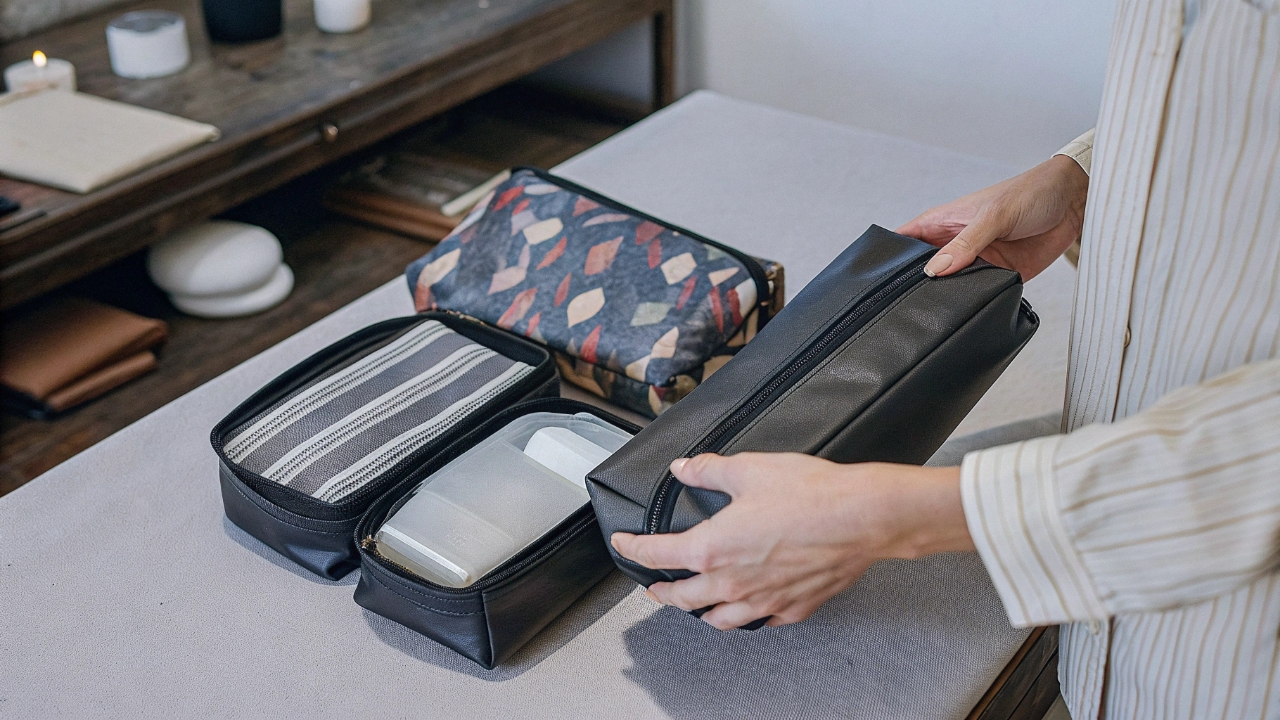
The perfect makeup bag is a seamless blend of form and function. I always start the design process by asking clients, "Tell me about the person who will use this bag. What is their day like?" For a project with a makeup brand targeting Gen Z, we designed a small, vibrant pouch from washable recycled nylon. It was perfectly sized for a phone, lip gloss, and keys, and included a small clip to attach to a backpack. It fit their active lifestyle. For a professional makeup artist line, we created a large, structured train case. We included adjustable dividers, a heat-resistant pocket for styling tools, and a detachable strap based on feedback from actual MUAs. The bag wasn't just pretty; it was a tool that solved problems for the user. A great bag becomes an indispensable part of their daily routine.
Key Factors for Selection
- Define the User and Use Case: Before anything else, create a clear picture of your customer. Are they a minimalist or a maximalist? Is this for travel, everyday purse organization, or at-home vanity storage? The answer will guide every other decision.
- Size, Shape, and Structure: Once you know the use case, you can define the form. A flat pouch is great for a tote bag, but a boxy "cube" shape is better for holding bottles upright on a counter. A structured train case protects fragile products. We often create 3D mockups at Rivta to help clients visualize the scale and shape.
- Smart Functionality: The details are what elevate a good bag to a great one. Think about waterproof linings for easy cleanup of spills. Include separate, easy-to-clean compartments for brushes to keep them hygienic. Test zippers to ensure they are smooth and durable. A strong handle or strap adds convenience. These functional elements show your customer you've thought about their needs.
- Aesthetics and Brand Alignment: The design must be a physical representation of your brand. At Rivta, we see this as a co-creation process. We guide clients through choosing colors, textures, and hardware that reflect their brand identity, all while keeping sustainability at the forefront of the conversation.
What is the best material for a makeup bag?
The material you choose affects everything. It dictates the bag's final look, its durability, its price point, and its environmental footprint. Selecting the wrong material can lead to customer complaints about quality, product returns, and a misalignment with your brand's promises.
The best material depends entirely on your brand's performance needs and values. For luxury, high-quality vegan leathers are excellent. For ultimate durability and easy cleaning, nylon and canvas are reliable choices. For a strong sustainability story, innovative materials like recycled polyester (rPET) or plant-based leathers are the future.
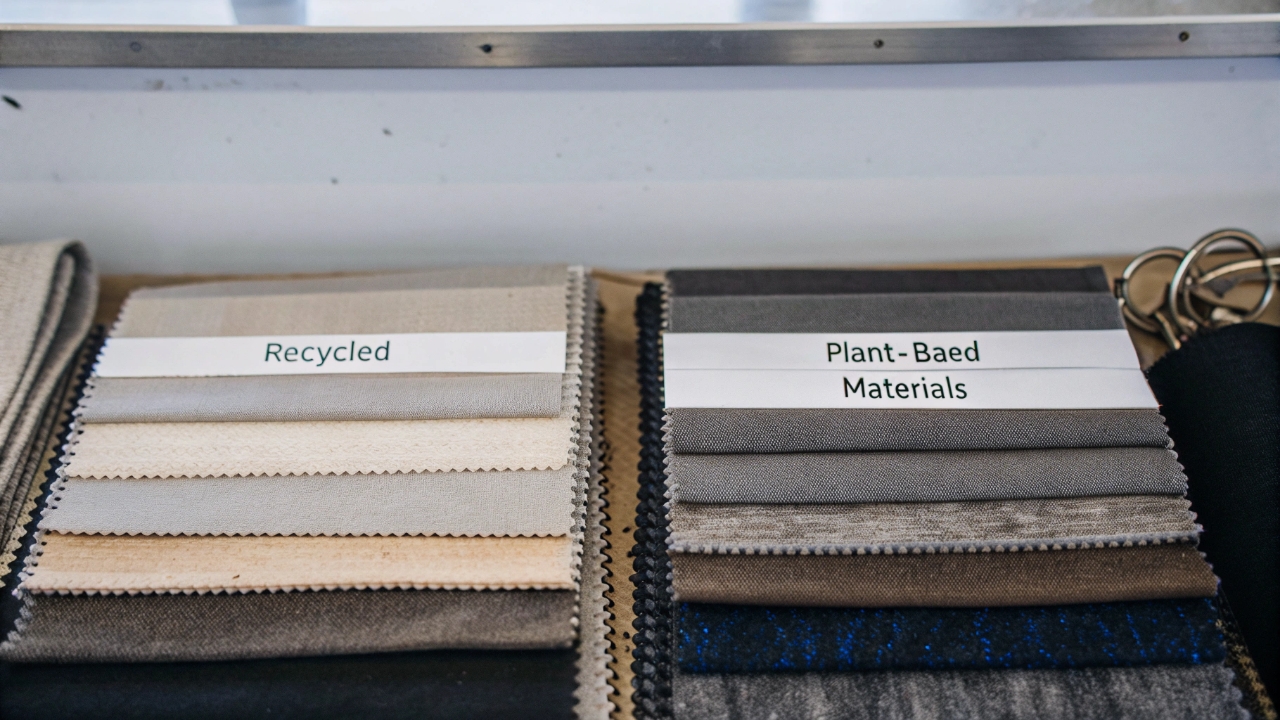
Material selection tells a powerful story about your brand. I am especially passionate about guiding brands toward more sustainable options that don't compromise on quality. I recently helped a client, who had previously used PVC, switch to a GRS-certified rPET fabric. This material is made from recycled plastic bottles, but it has an amazing, high-end feel. It’s also incredibly durable and water-resistant. The client was initially worried it might feel cheap, but we provided samples that proved otherwise. The final product was a huge success, and they could proudly tell their customers that each bag helped divert plastic from landfills. This is the "Green Mission, Global Win-Win" we live by at Rivta. The right material must be practical for the customer and philosophically aligned with your brand. It’s one of the most powerful ways to connect with today's conscious consumer.
A Closer Look at Modern Materials
| Material | Key Features | Best For |
|---|---|---|
| Recycled PET (rPET) | Very sustainable, water-resistant, durable, printable. | Eco-conscious brands that need high performance and durability. |
| Vegan Leather (PU) | Looks and feels luxurious, cruelty-free, easy to wipe clean. | Brands wanting a sophisticated, high-end look without using animal leather. |
| Nylon / Recycled Nylon | Lightweight, extremely strong, tear- and water-resistant. | High-use travel bags, MUA kits, and everyday pouches requiring longevity. |
| Organic Cotton Canvas | Sturdy, breathable, takes print beautifully, biodegradable. | Brands with a casual, natural, or handcrafted aesthetic. |
| Plant-Based Leather | Innovative (from cactus, pineapple, etc.), sustainable story, unique textures. | Cutting-edge brands wanting to lead in sustainable luxury and innovation. |
Conclusion
Choosing the right manufacturer is a critical step for your brand's future. Prioritize a true partnership, demand high quality, and align on values to create exceptional beauty bags.

